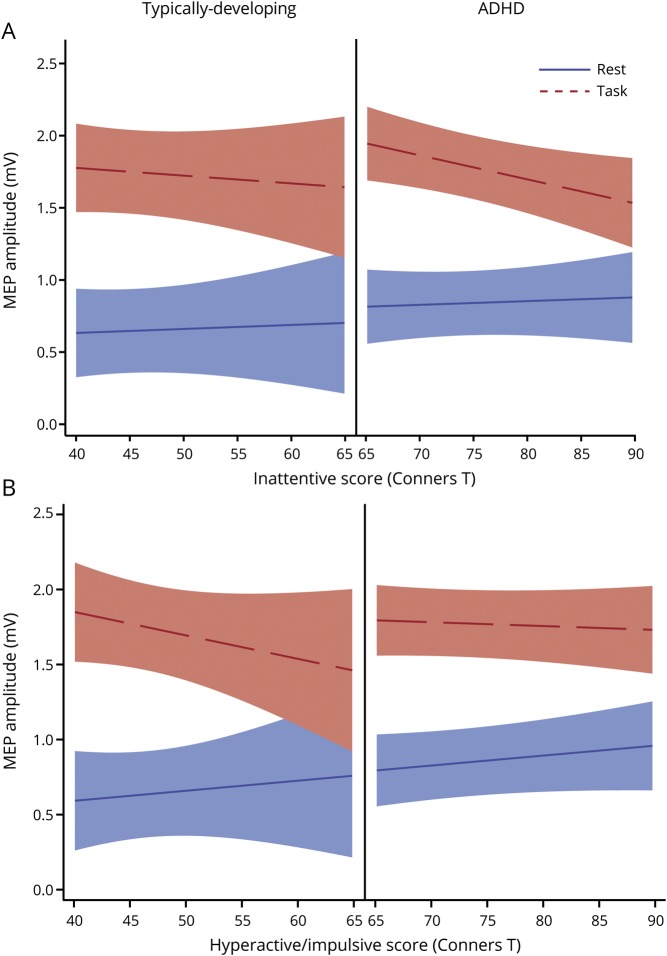Figure 3. Modulation as a function of attention-deficit/hyperactivity disorder (ADHD) score severity based on Connor T scores for inattention and hyperactivity/impulsivity, stratified by diagnosis.
(A) Inattention. (B) Hyperactivity/impulsivity. The lower, solid line indicates the transcranial magnetic stimulation (TMS)–evoked motor evoked potential (MEP) amplitudes at rest, 20 rest trials per participant. The upper dashed line indicates the TMS-evoked MEP amplitude during the response inhibition task, 80 task trials per participant. Task-Related Up-Modulation (TRUM) is the vertical “distance” from the rest line to the task line. Worse ADHD severity, as assessed by Conners T scores for inattentiveness and hyperactivity/impulsivity, is statistically associated with less TRUM (p < 0.001 for both). This relationship holds for the entire cohort as well as within diagnosis groups (table 3).

